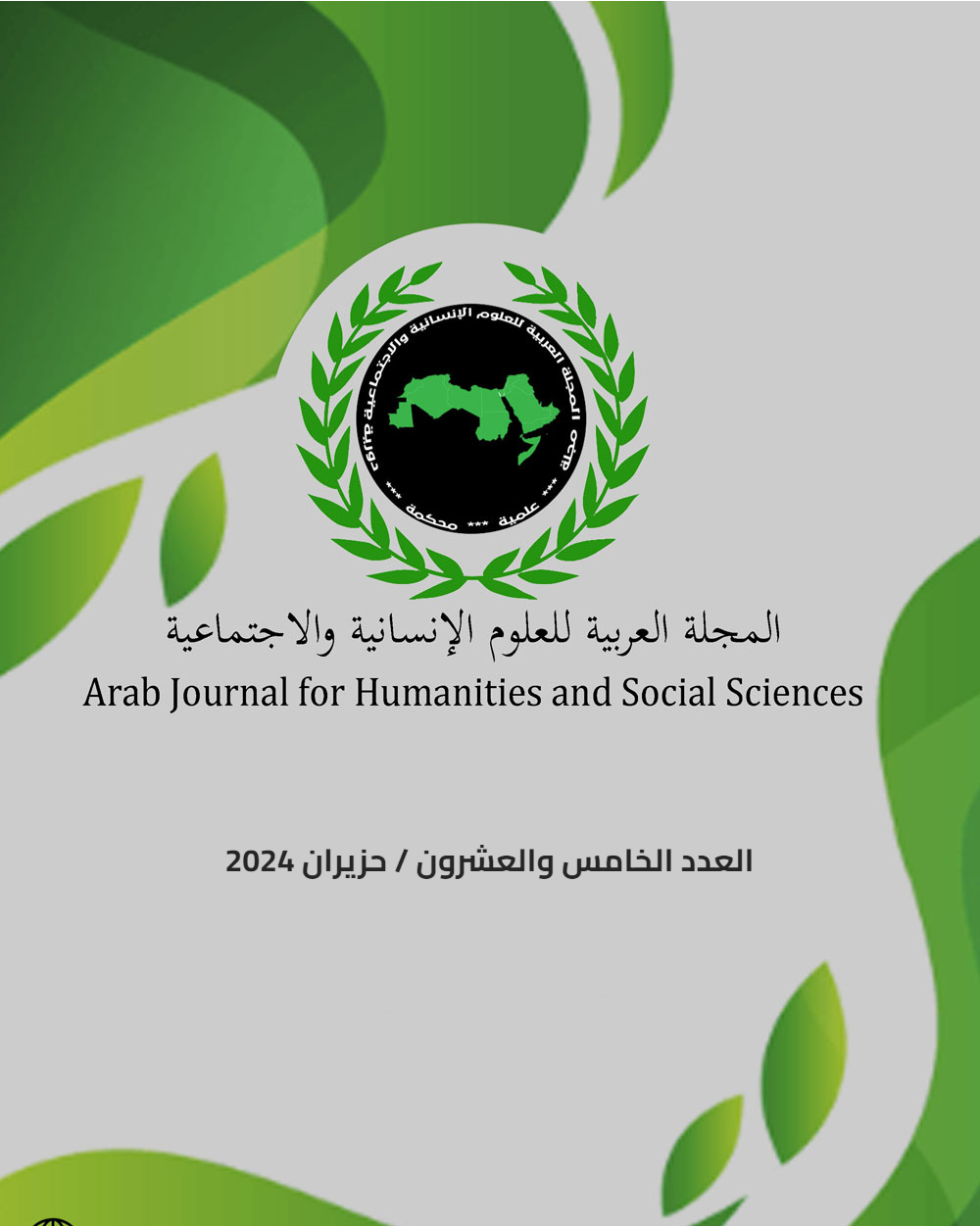Optimizing Good Apiculture Practices for Premium Honey Production: An Overview
محتوى المقالة الرئيسي
الملخص
Apiculture, commonly referred to as beekeeping, stands as the pragmatic guardianship of social bee species, yielding sustenance and agricultural treasures. Honey embraces a kaleidoscope of essential elements, including amino acids, vitamins, minerals, and enzymes. Beyond its identity as a natural sweetener, honey unveils a significant repertoire, embodying roles as an anti-inflammatory, antioxidant, and versatile medicinal asset. Honey products extend their benevolence through oral administration, mitigating disorders such as cough, and through topical application, expediting wound healing.
This review aimed to elucidate a roadmap for consumers in selecting premier honey products, provide beekeepers with insights to nurture robust honeybee colonies and highlight the antimicrobial activity of different honey variants. The available data cover the influence of technological advancements on honey quality, the ramifications of diverse harvesting and processing techniques on its caliber, the interplay between intensified agricultural practices and honey quality, and the intricate relationship linking diseases and honey quality.
As apiculture ascends to its pivotal role in harmonizing sustenance and ecological equilibrium, stakeholders are implored to resonate with the ongoing research. A profound grasp of ecologically sound farming techniques, coupled with effective bee management, forms the bedrock for promoting exemplary apiculture practices and nurturing the production of high-quality honey. Proper care and maintenance of beehives by beekeepers enhance the quality of honey, elevating its value as a medicinal product.
المقاييس
تفاصيل المقالة

هذا العمل مرخص بموجب Creative Commons Attribution-NonCommercial 4.0 International License.

